How to Avoid Copyright Violations When Sharing Files
⛨️ How to Avoid Copyright Violations When Sharing Files
When sharing files online, one of the most critical issues to be aware of is copyright. Violating copyright laws — even unknowingly — can result in account bans, takedown notices, or even legal actions. Whether you’re a content creator, student, or online marketer, understanding how to avoid copyright violations is essential for maintaining a safe and profitable file-sharing experience.
📚 What Is Copyright Violation?
A copyright violation occurs when someone distributes or uses content without permission from the rightful owner. Common examples include:
- Uploading copyrighted books, movies, or music
- Sharing software or templates you didn’t create
- Distributing paid materials without authorization
Copyrighted content is protected by law, and violations can lead to severe consequences — not only on the file-sharing platform, but also from external legal bodies and search engines like Google.
👉 Related: What is Megafile.org? A guide to making money by sharing files
⚠️ Legal Risks and Platform Penalties
- Account suspension or permanent bans
- Loss of referral earnings or download revenue
- DMCA takedown requests or legal warnings
- Being flagged by search engines or Ad networks like AdSense
On platforms like Megafile.org, copyrighted content is automatically screened and manually reported by users. Protecting your account starts with understanding what is and isn’t allowed.
👉 Related: Affiliate Program & Revenue Sharing
✅ How to Avoid Copyright Violations
The safest way to avoid copyright violations is to only share files that you own or have rights to distribute. Here are actionable tips:
- Share files you created (e.g., designs, ebooks, lesson plans)
- Use royalty-free resources with proper licensing
- Attribute creators when using Creative Commons materials
- Avoid misleading titles like “Photoshop Full Version” or “MS Office 2024 Crack”
✔️ Quick checklist:
- [ ] Did you create this file?
- [ ] Is it clearly labeled for public use?
- [ ] Does it include licensing info if required?
📂 Types of Files Safe to Share
If you’re not sure what types of files are safe, start with:
- Original documents, ebooks, or educational notes
- Graphic templates and UI kits you designed
- Open-source code with included licenses
- Royalty-free assets (audio, photos, fonts) from trusted platforms
👉 Related: Top 10 file types that attract the most downloads
📏 Add Metadata and Descriptions Thoughtfully
Every file should come with a clear, honest description. Include:
- Licensing details or source information
- Warnings if the file is a sample or demo
- Descriptive titles (avoid misleading or aggressive wording)
🔒 Avoid banned keywords like “crack”, “unlock”, “nude”, or anything that may violate AdSense policies.
👉 Related: Guide to optimizing file titles and descriptions for SEO
🚨 What to Do If Your File Is Reported
- Check your Megafile inbox or registered email for notices
- Remove the file immediately if unsure of the source
- If you believe your file is compliant, respond with proof of ownership or licensing
🔚 Conclusion
Avoiding copyright violations is not just about following the rules — it’s about protecting your content, reputation, and revenue. Sharing files legally ensures your account stays secure and your audience trusts your uploads.
Stay compliant. Stay profitable. And most importantly — share wisely.


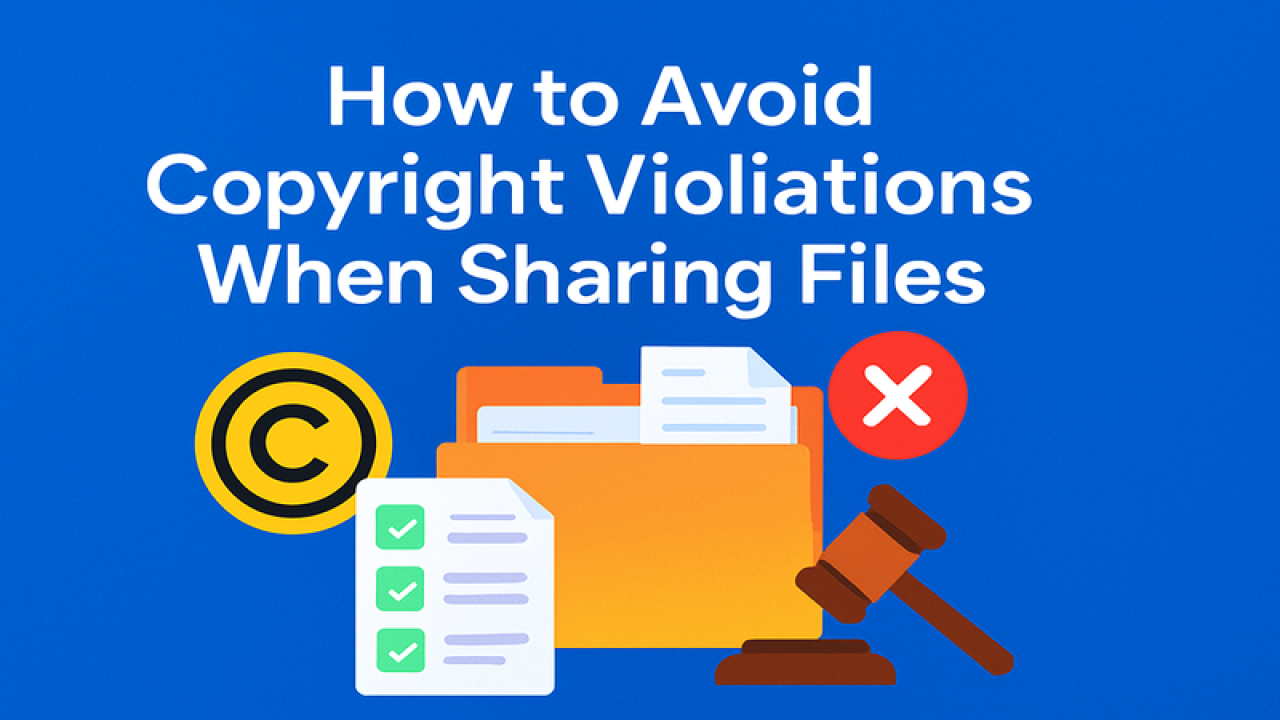
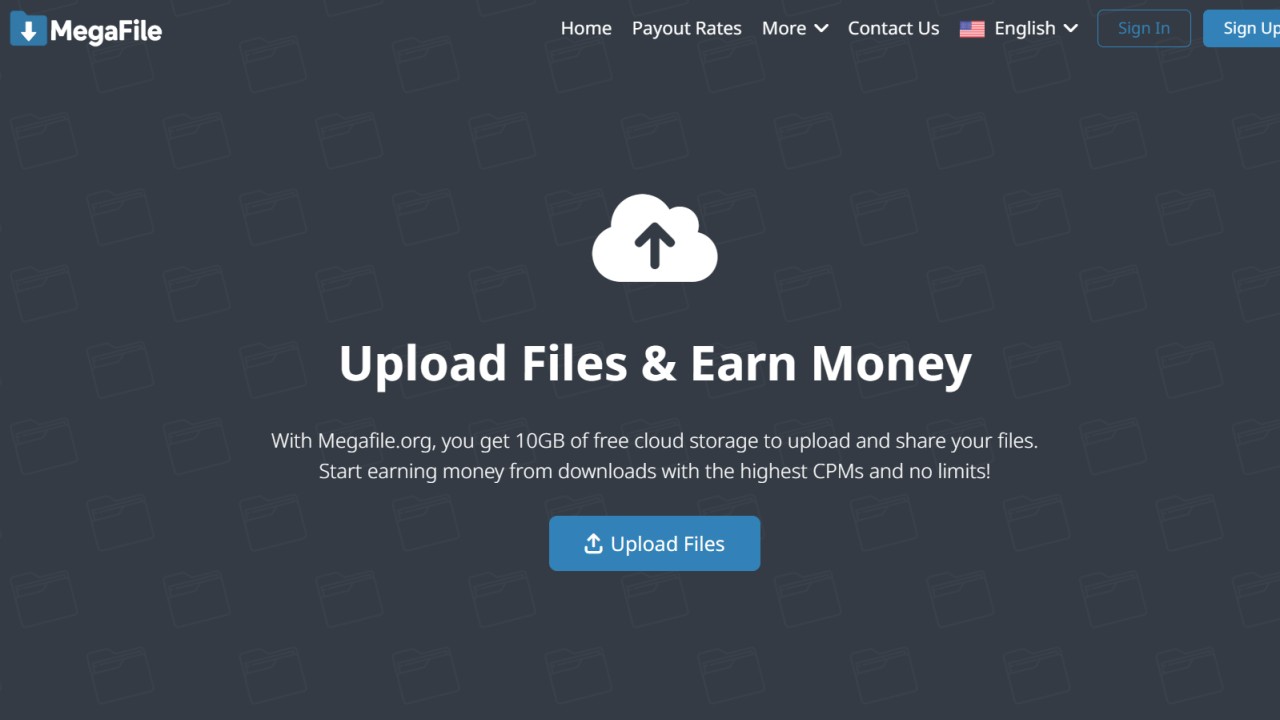
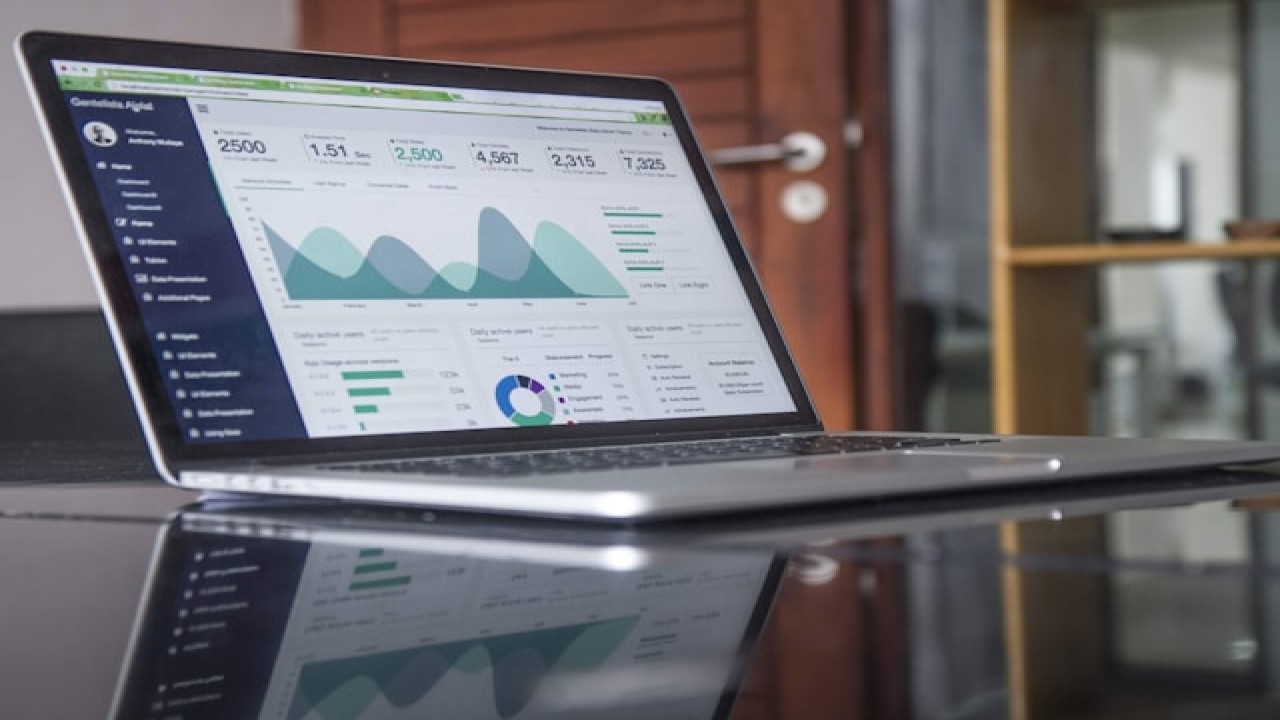

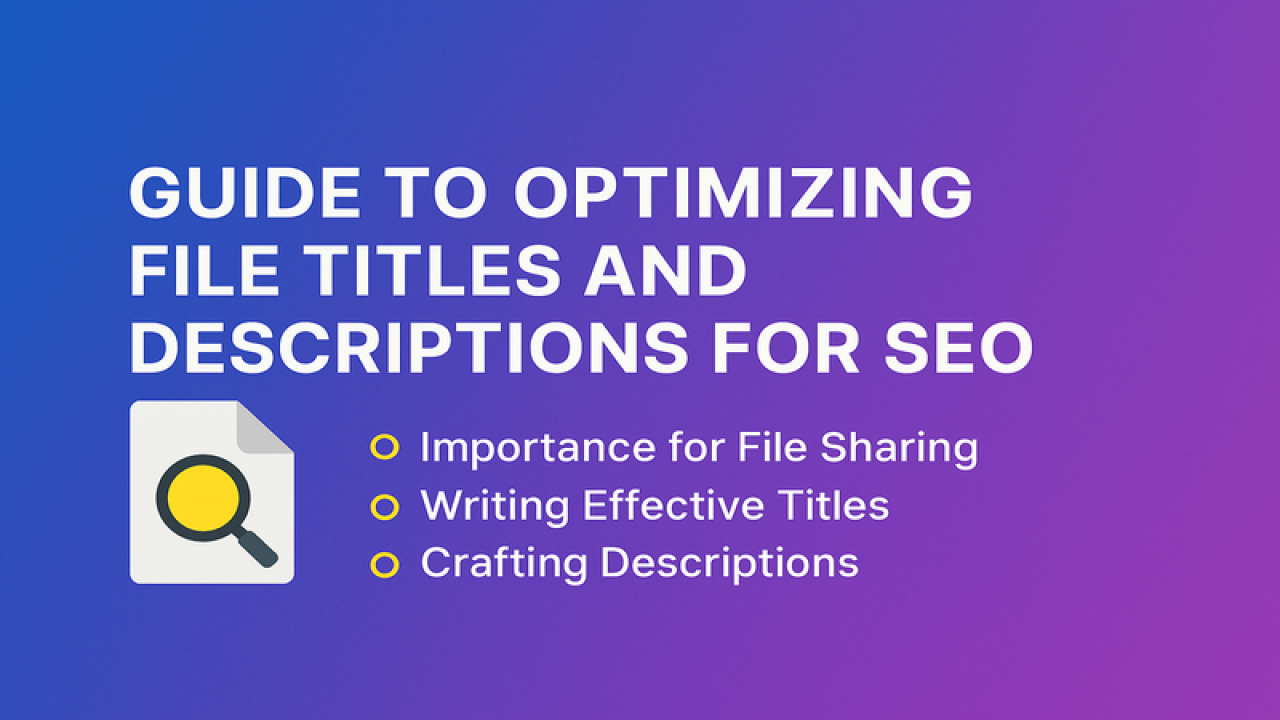
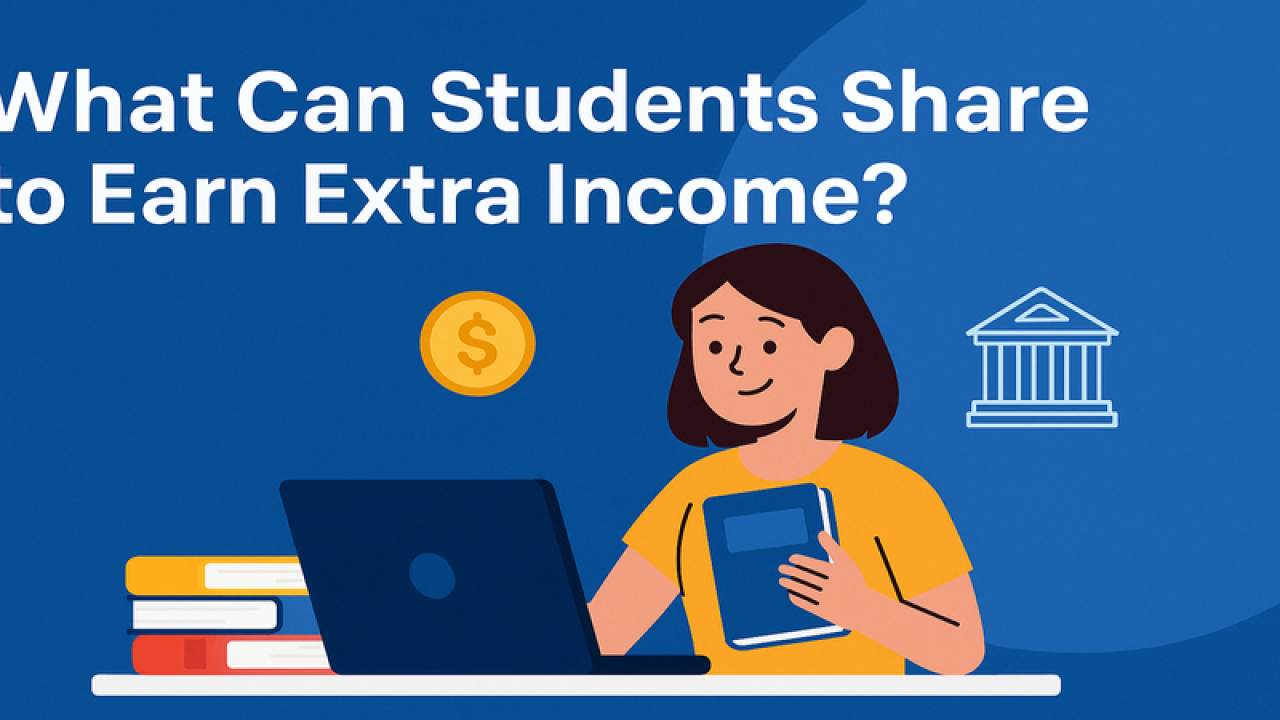

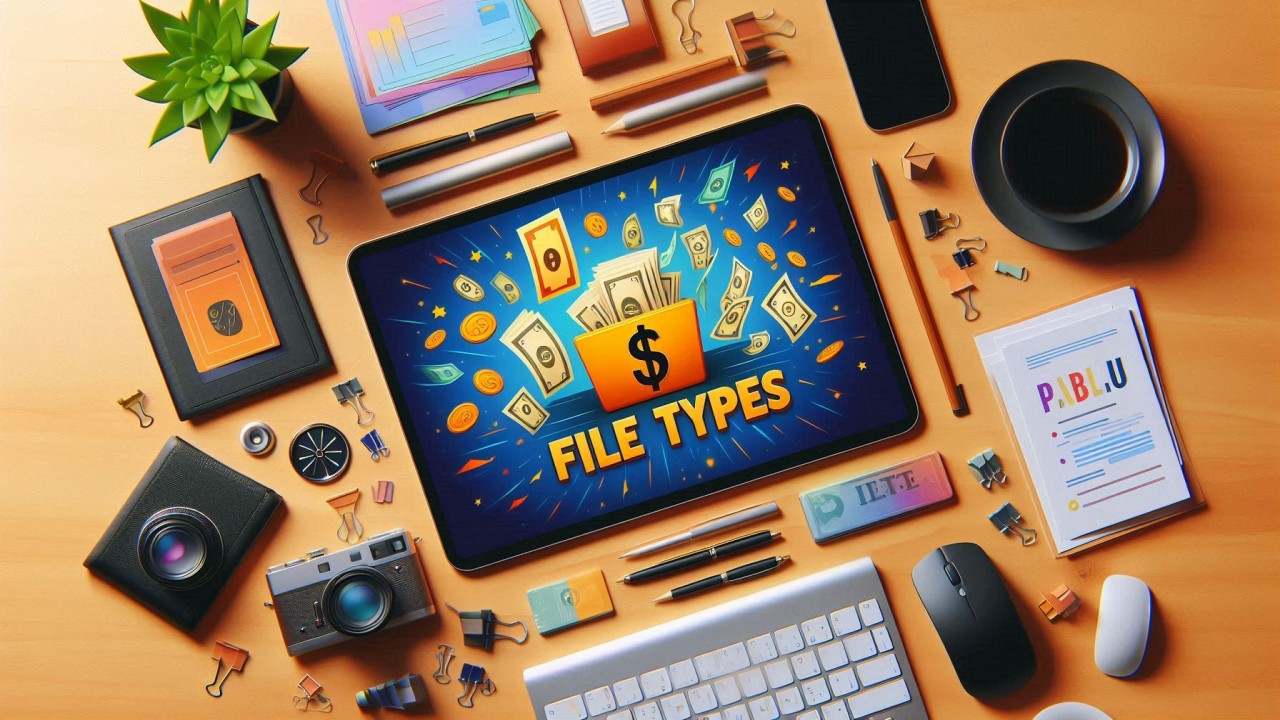
Comments (0)
No comments found